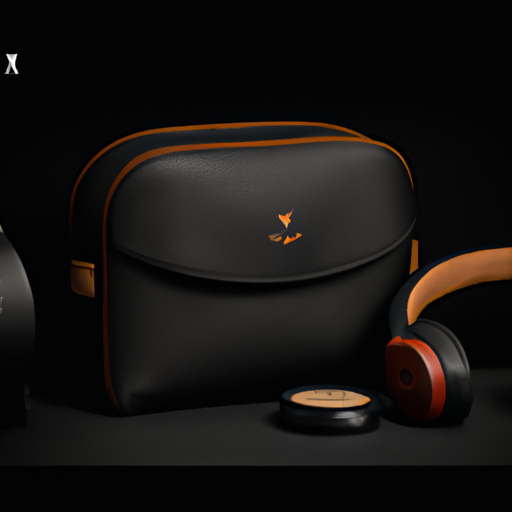A receiver is a device used to receive wireless signals, typically used to receive TV signals, radio signals, satellite signals, etc. The main function of a receiver is to receive signals and convert them into a visual or audible form. Receivers usually consist of multiple components and modules, below is a detailed introduction to the components and modules of a receiver.

2. Amplifier: The amplifier is an important module in the receiver, used to amplify the received signal. The amplifier can enhance the signal strength, improve the sensitivity and reception range of the receiver.
3. Tuner: The tuner is another important module in the receiver, used to adjust the frequency of the receiver. The tuner can automatically adjust the frequency of the receiver according to the frequency of the received signal, ensuring that the receiver can correctly receive the signal.
4. Demodulator: The demodulator is a key module in the receiver, used to demodulate the received signal. The demodulator can convert analog signals to digital signals, or digital signals to analog signals, so that the receiver can correctly process the signal.
5. Digital Processor: The digital processor is an important module in the receiver, used to process the received digital signal. The digital processor can decode, decompress, filter the signal, etc., to ensure that the receiver can correctly display or play the signal.
6. Display: The display is the output device of the receiver, used to display the received signal. The display can be an LCD screen, LED screen, TV screen, etc., used to display video signals or text information.
7. Speaker: The speaker is the output device of the receiver, used to play the received audio signal. The speaker can be built-in speakers, external speakers, headphones, etc., used to play audio signals.
8. Control Panel: The control panel is the operating interface of the receiver, used to control the various functions of the receiver. The control panel usually includes buttons, knobs, display screens, etc., used to adjust volume, channels, brightness, etc.
In summary, a receiver consists of components and modules such as antenna, amplifier, tuner, demodulator, digital processor, display, speaker, control panel, etc. These components and modules work together to accurately and stably receive and process wireless signals, providing users with a clear audiovisual experience. Receivers have a wide range of applications in TV, radio, satellite communication, etc., and are essential devices in modern communication technology.
A receiver is a device used to receive wireless signals, typically used to receive TV signals, radio signals, satellite signals, etc. The main function of a receiver is to receive signals and convert them into a visual or audible form. Receivers usually consist of multiple components and modules, below is a detailed introduction to the components and modules of a receiver.

2. Amplifier: The amplifier is an important module in the receiver, used to amplify the received signal. The amplifier can enhance the signal strength, improve the sensitivity and reception range of the receiver.
3. Tuner: The tuner is another important module in the receiver, used to adjust the frequency of the receiver. The tuner can automatically adjust the frequency of the receiver according to the frequency of the received signal, ensuring that the receiver can correctly receive the signal.
4. Demodulator: The demodulator is a key module in the receiver, used to demodulate the received signal. The demodulator can convert analog signals to digital signals, or digital signals to analog signals, so that the receiver can correctly process the signal.
5. Digital Processor: The digital processor is an important module in the receiver, used to process the received digital signal. The digital processor can decode, decompress, filter the signal, etc., to ensure that the receiver can correctly display or play the signal.
6. Display: The display is the output device of the receiver, used to display the received signal. The display can be an LCD screen, LED screen, TV screen, etc., used to display video signals or text information.
7. Speaker: The speaker is the output device of the receiver, used to play the received audio signal. The speaker can be built-in speakers, external speakers, headphones, etc., used to play audio signals.
8. Control Panel: The control panel is the operating interface of the receiver, used to control the various functions of the receiver. The control panel usually includes buttons, knobs, display screens, etc., used to adjust volume, channels, brightness, etc.
In summary, a receiver consists of components and modules such as antenna, amplifier, tuner, demodulator, digital processor, display, speaker, control panel, etc. These components and modules work together to accurately and stably receive and process wireless signals, providing users with a clear audiovisual experience. Receivers have a wide range of applications in TV, radio, satellite communication, etc., and are essential devices in modern communication technology.